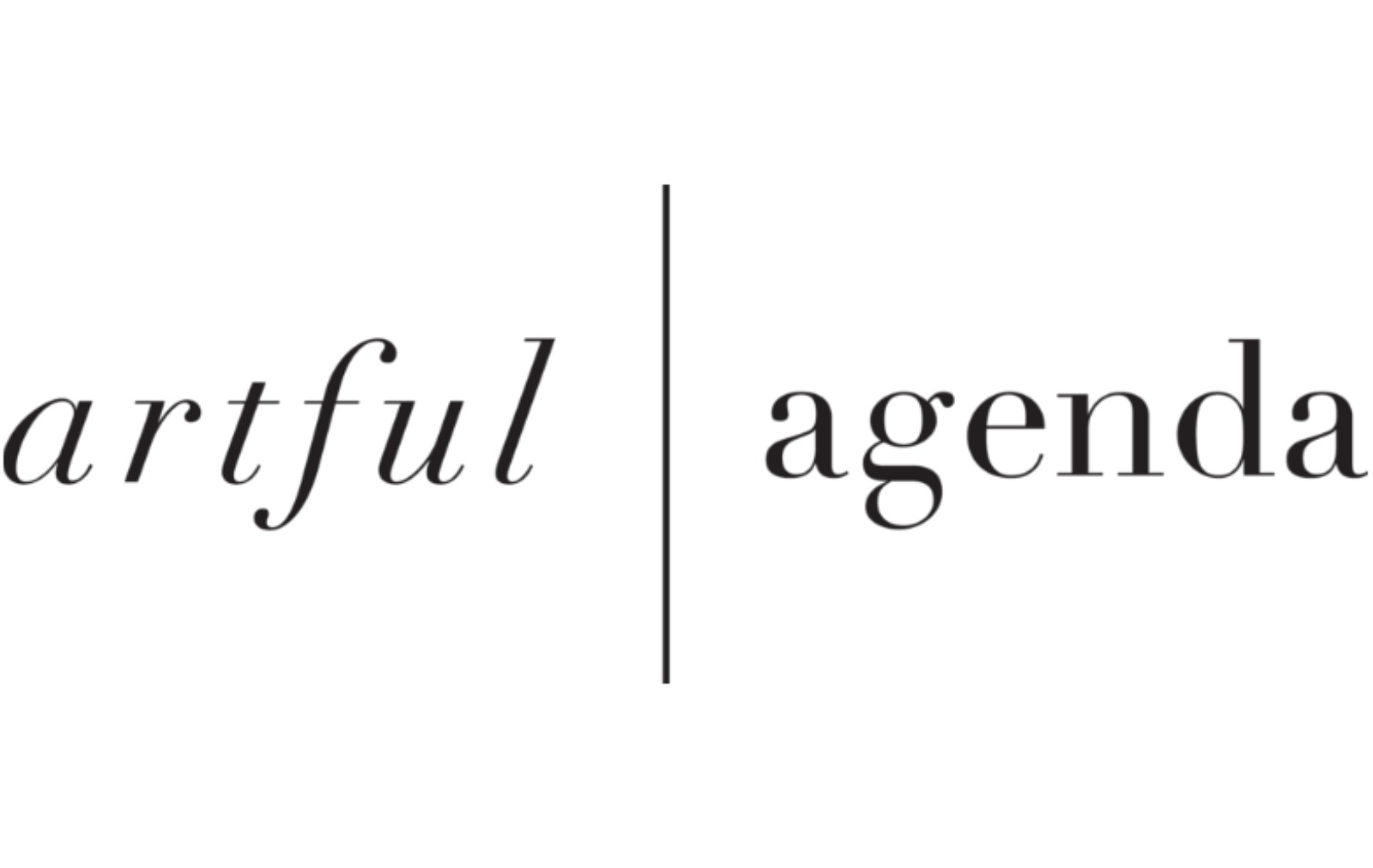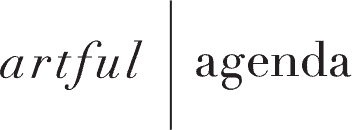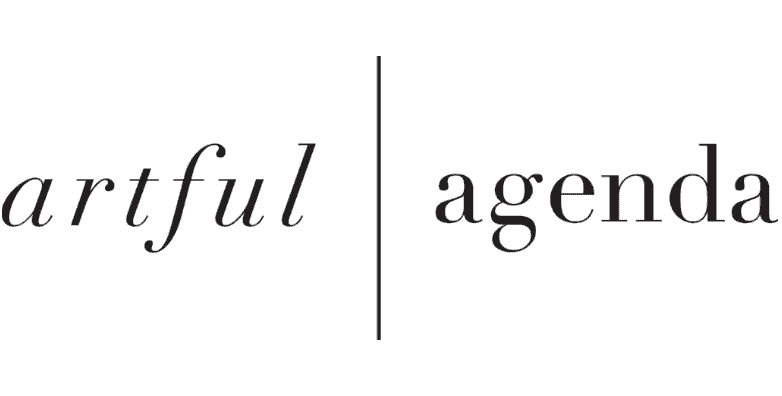
10 Sep What Is Active Recall? And How to Build It Into Your Planner Routine

Have you ever spent hours highlighting notes or re-reading textbooks, only to blank out during an exam or forget everything a week later? You’re not alone. In school, most of us were taught passive study methods that feel productive but barely scratch the surface of real learning. We highlight, we re-read, we organize our notes—and yet the information doesn’t stick.
The problem isn’t your intelligence or dedication. It’s that these passive studying methods create a false sense of mastery without building lasting knowledge. That’s where active recall can help.
Active recall is a science-backed learning technique that transforms how your brain encodes and retrieves information. Even better? You can seamlessly build it into your daily planner routine for consistent, powerful results.
In this post, we’ll explore what active recall really means, why it works so effectively, and how to integrate this game changer into your planning system using digital tools that make the process both beautiful and sustainable.
What Is Active Recall?
Active recall is the practice of actively retrieving information from memory without looking at your notes or source material. Instead of passively reviewing what you’ve already written, you force your brain to pull knowledge from memory—strengthening neural connections each time you successfully recall a fact, concept, or skill.
Think of it this way: passive study methods are like watching someone else exercise. Active recall is like doing the workout yourself. When you test your memory by answering questions from scratch, summarizing complex concepts in your own words, or explaining ideas out loud, you’re making your brain work harder to access stored information. This effort creates stronger, more durable memories for long term retention.
The big difference lies in the mental effort required. Reading notes feels easier because the information is right there in front you. Your brain recognizes it and thinks, “Oh yes, I know this.” But simply recognizing information isn’t the same as being able to recall information when you need it. Active recall forces you to generate knowledge from memory, which is exactly what you need to do during exams, presentations, or real-world applications.
The Science Behind Active Recall
Active recall isn’t just a study hack. It’s a technique rooted in decades of research in experimental psychology. Here are two key principles from psychological science that can explain why this learning method works so well.
The Testing Effect and Test Enhanced Learning
Psychologists have discovered through randomized controlled trials that the act of retrieving information from memory strengthens that memory more than simply reviewing it. This phenomenon, called the testing effect, shows that every time you successfully recall information, you make it easier to access in the future.
Studies in medical education and academic performance consistently show that students who employ active recall techniques score 50% higher on memory tests compared to those who rely on passive study methods. The act of struggling to remember something—even unsuccessful retrieval attempts—builds stronger neural connections than effortlessly reading the same information multiple times.
Long Term Memory and Subsequent Learning
When you use active recall, you’re essentially rehearsing the learning process your brain will need to perform later. Each retrieval practice session moves information from short-term working memory into long term memory, making it accessible for longer periods instead of disappearing within days.
Research shows this process also helps you identify gaps in your understanding. When you can’t recall something during active practice, you’ve discovered exactly what needs more attention—rather than assuming you know material simply because you’ve read it recently.
Effective Active Recall Strategies
The active recall method can take many forms, and the best approach depends on what you’re trying to learn and how your brain processes information best. Here are the most effective learning techniques.
Self Testing and Practice Questions
Creating your own questions or using practice tests remains one of the most popular active recall strategies because they’re simple and versatile. Write a question or prompt, then try answering questions without looking at your materials. The key is to resist the urge to check answers too quickly—give your brain time to search for information, even if it feels uncomfortable.
Past exam papers and old quizzes work perfectly for this. You can also create essay questions that require you to actively engage with material in new contexts, forcing deeper understanding than simple memorization.
The Blank Page Method
Close your books and notes, then write everything you can remember about a topic on a blank page. Don’t worry about perfect organization—just get the information out of your head in your own words. Afterward, compare your summary to your original materials to see what you missed or misunderstood. This technique works especially well for complex concepts that require deep comprehension.
Teaching and Explanation
Explain a concept as if you’re teaching it to someone else—or even to an inanimate object like your coffee mug. If you can’t explain something clearly without jargon, you probably don’t understand it well enough yet. This active engagement with material reveals gaps in knowledge that passive studying often misses.
Spaced Repetition: Active Recall’s Perfect Partner
Active recall becomes even more powerful when combined with spaced repetition—the practice of reviewing information at increasing intervals. Instead of cramming everything into one intense study session, you revisit material just as you’re starting to forget it.
The optimal spacing pattern typically looks like this:
- First review: 1 day after initial learning
- Second review: 3 days later
- Third review: 1 week later
- Fourth review: 2 weeks later
This pattern works because it forces your brain to work harder to retrieve information each time, strengthening memory more than repeated study would. You’re training your brain to retain knowledge for longer periods with less effort, improving memory and exam performance simultaneously.
Building Active Recall Into Your Daily Planner Routine
Here’s where your planner becomes more than just a scheduling tool—it becomes your learning command center. With the right system, you can seamlessly integrate active recall into your daily routine without overwhelming your already busy life.
Schedule Learning Blocks
Treat active recall like any important appointment. Even 15-20 minutes of focused practice using this learning technique is more effective than hours of passive studying. In your planner, create recurring appointments labeled “Memory Practice” or “Active Learning” and treat them as non-negotiable commitments to your growth.
Visual Progress Tracking
Use color-coding features to track your practice sessions. You might use green for topics you recalled easily, yellow for concepts that needed prompting, and red for information requiring more work. This visual system helps you quickly identify which areas need attention while celebrating progress over time.
Spaced Repetition Scheduling
When you first learn something new, immediately schedule follow-up active recall sessions using the spacing pattern mentioned earlier. Your planner becomes a personalized system that ensures you review information at optimal intervals for effective learning.
Integration with Existing Routines
Look for natural opportunities to apply active recall throughout your day. While commuting, mentally review key points from yesterday’s reading. During your morning coffee, spend five minutes recalling important project details. These micro-sessions add up to significant learning gains and improve memory retention without requiring major schedule changes.
Overcoming Passive Study Habits
Breaking free from highlighting notes and re-reading requires conscious effort. These habits developed over years, so changing them won’t happen overnight.
Our advice? Start small with just five minutes of active recall per day. This feels manageable and helps build the habit without overwhelming your schedule. When you feel your brain working harder, remember that struggle indicates the technique is working.
You don’t need to abandon all existing study methods immediately. Start by adding active recall elements to your current routine. After reading a chapter, close the book and write a summary from memory before reviewing your highlights. Use your planner to track not just what you studied, but how well you recalled it.
Active Recall Beyond Traditional Studying
While often associated with exam preparation, active recall applications extend far beyond textbooks. You can use these principles to improve in virtually any area:
Professional Development: Use active recall to master new software, remember client details, or internalize industry knowledge. Schedule regular sessions to review key information from meetings or training materials.
Creative Projects: Whether learning a new language, musical instrument, or artistic technique, active recall helps solidify skills. Practice recalling vocabulary without notes, play songs from memory, or sketch concepts without reference materials.
Personal Growth: Apply active recall to books about development, productivity, or wellness. Instead of just reading and moving on, regularly test yourself on key concepts to ensure you actually implement what you learn.
Making Active Recall Beautiful and Sustainable
The key to long-term success is making active recall feel like a natural, enjoyable part of your routine rather than another chore. This is where the aesthetic and customization elements of your planning system become crucial.
Create learning rituals with beautiful, calming environments for your practice sessions. Design special symbols or colors in your planner for breakthrough moments, successful recall streaks, or mastered topics. This positive reinforcement keeps you motivated and makes the learning process more rewarding.
Experiment with other forms of active recall to find what works best for your learning style. Some people love the gamification of practice questions, while others prefer the free-flowing creativity of blank page summaries. Your planner should reflect your unique preferences and make active recall feel authentic to you.
Start Your Active Recall Journey Today
Ready to transform how you learn and retain knowledge? Choose one area where you’d like to improve your memory retention—whether it’s professional development, a hobby, or better retention of books you read.
Schedule your first active recall study session this week. Choose a topic you recently learned about and try explaining it from memory or creating your own questions about it. Notice how different this feels from passive review and pay attention to what you discover about gaps in your understanding.
Active recall works whether you’re a busy parent advancing your career, a student juggling multiple subjects, or a professional staying sharp in your field. When you combine this powerful learning technique with a planning system that makes it visual, trackable, and sustainable, you create a formula for continuous growth.
Ready to build active recall into your planning routine? Try Artful Agenda free for 14 days and discover how the right digital tools can make learning more beautiful, organized, and effective than ever before.



Tonya
Posted at 17:57h, 13 OctoberThis is very helpful! As I am getting older (now 69), I am searching for ways to strengthen my memory skills as I learn new things. I believe in Lifelong Learning and am currently learning how to play the Mountain Dulcimer; about healing with different crystals and how to read Tarot. I will definitely start encorporating this into my daily planner. By the way, I absolutely adore my Artful Digital Planner!! It is exactly what I have been searching for for over 2 years!!! Actually, it is even better than I imagined! Well worth the price! I have trained myself to use Google Calendar, but lacking color coding and other versatility, it is not as user friendly as I would like. Being a very visual learner, I have needed many of the features that the Artful Calendar offers. I am so stoked now!!! With all the features of this calendar, I will be able to plan and organize my days, weeks and months so much better now and be able to accomplish so much more!!!! THANK YOU, THANK YOU. THANK YOU, Kelli for bringing us the Artful Calendar!
Rosemary Morrison
Posted at 23:55h, 13 OctoberThank you for sharing Tonya! We are thrilled that you are loving your Artful Agenda and we agree, being a lifelong learner is one of the keys to a long and fulfilling life! If you haven’t already, please join our Facebook group at https://www.facebook.com/groups/artfullyobsessed for lots of tips, tricks, and inspiration.